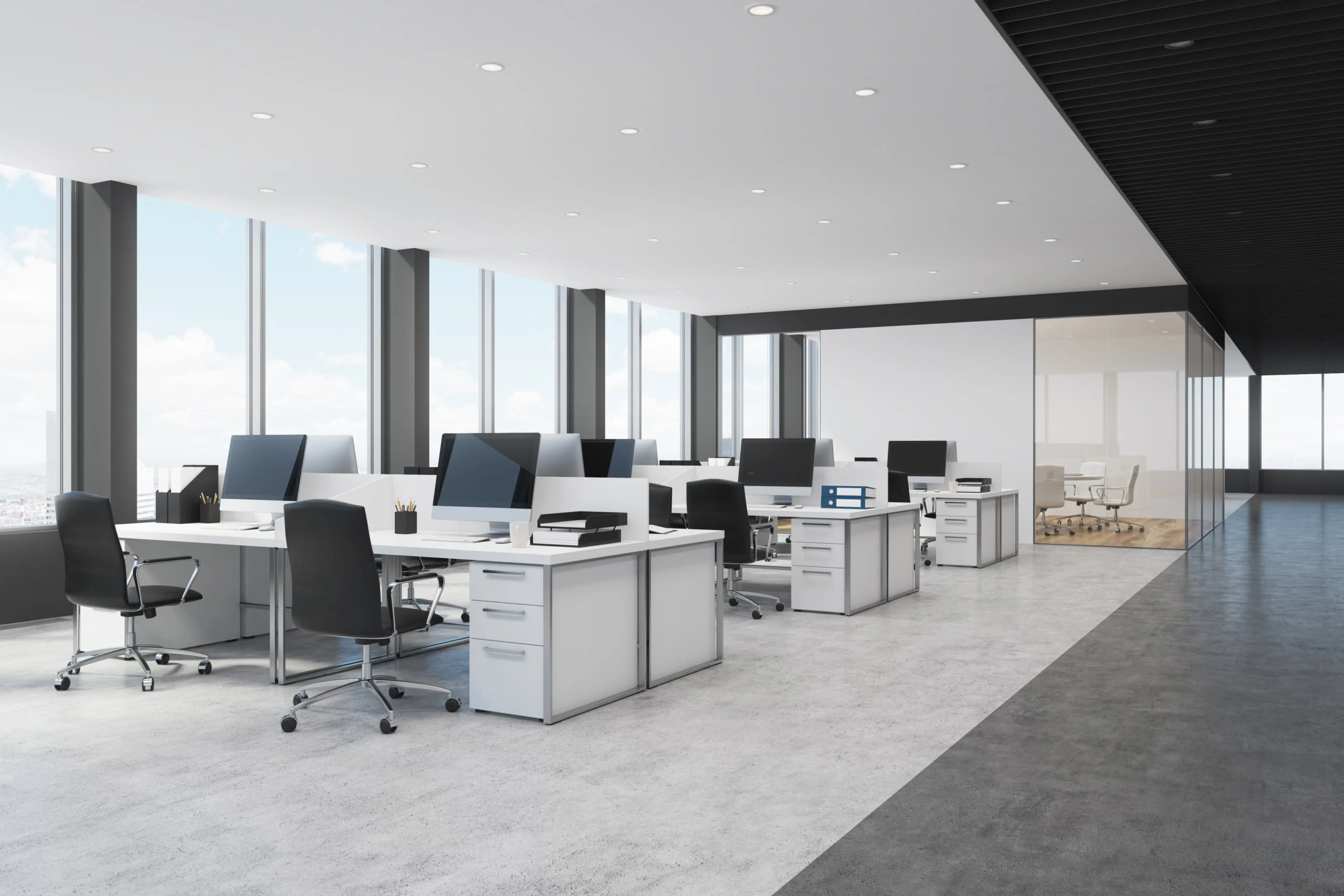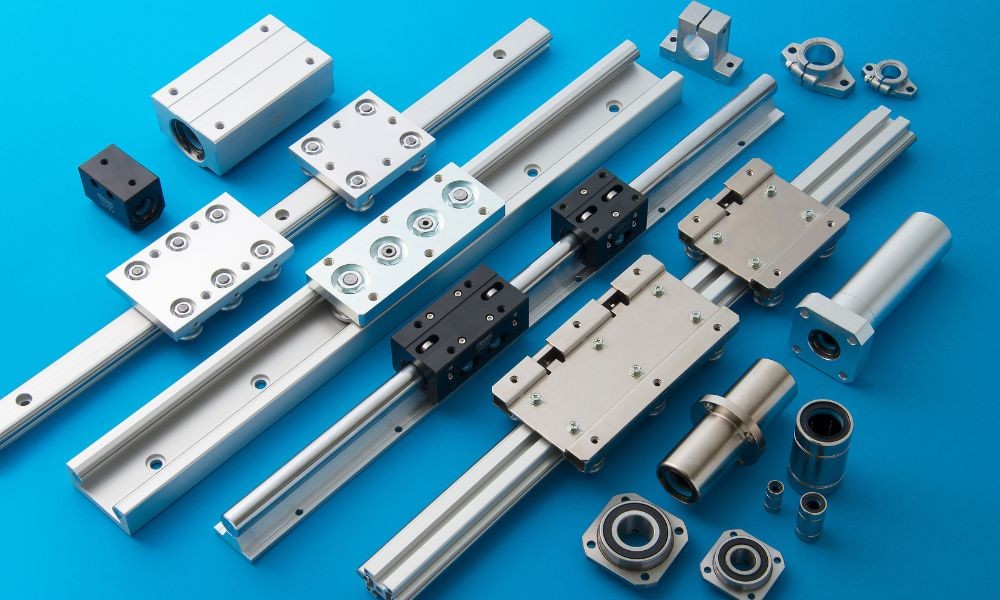In most cases, road accidents are often caused by construction vehicles and equipment. Wherein, there’s always the risk that the workers handling this equipment are prone to get injured by overturning gear or collisions.
Then, there are also instances where they can get caught while the computer is running. To prevent that, here are some ways to keep construction crews safe during road construction projects.
Traffic Control Should be Prioritized
As much as possible, the work site should have a modernized warning spot with several warning signs, such as road flares, that would alert motorists regarding the possible alteration in driving conditions.
There should also be a shifting area that utilizes traffic control devices for traffic pattern shifts, closures, and a buffer area. If possible, establish an end area to permit traffic to resume back to normal and a sign that would fully indicate when a work zone has fully ended.
Promote the Use of Safety Equipment
It’s essential that your workers are wearing their safety equipment at all times, especially within the work zone.
PPE, such as steel-toed boots, hard hats, high-visibility clothing, and hearing protection are just some of the most common, yet useful PPE. Furthermore, this equipment should meet specific standards to make it a point that they would really keep the workers safe.
Stay Away from Blind Spots
In a work zone, heavy equipment and vehicles are always on the move. This also includes compactors, dump trucks, pavers, rollers, and many more.
It’s the operator’s job to ensure that all visual aid devices and mirrors are appropriately attached– even the backup lights and alarms.
Likewise, for those who are working near machinery, you have to keep in mind that the motorist has limited sight of what’s happening around him. It’s also ideal to follow the principle that, if you can’t see them, chances are, they can’t see you either. So better be careful while in the work zone.
There Should Always be a Reliable Person on Hand
There should always be someone who’s still alert and continuously monitors the surroundings whenever work is being done in the area. This person should have the ability to identify predictable and already-existing hazards in the surroundings or working conditions.
He should be able to determine if these are dangerous, unsanitary, or hazardous in nature. Whenever issues arise, this person has the authority to offer corrective measures as a way to resolve or eliminate these problems.
Furthermore, this person should also know how to choose the right class of PPE perfect for the workers, and it should match the traffic control devices being used. For workers, they have the responsibility to report any incidents, such as equipment failure or threats to this person-in-charge.
There Should be Separate Work Areas
Keep in mind, road construction work zones are always busy, and several work activities happen here– usually at the same time.
One of the best ways to avoid accidents would be through the use of barriers, orange cones, and barrels that would delineate specific areas of the work zone, such as areas where there are heavy equipment, vehicle parking, and safe spaces where workers can freely move without worries.
Planning Is Important
A transportation management plan is crucial to every road construction project no matter how big or small it may be. Ideally, the program should contain a “temporary traffic control plan” that would ensure the safety of the workers.
Aside from that, it’s equally important to have a traffic control plan for inside the work zone, and this should be capable of managing the flow of heavy equipment, workers, and even construction vehicles that go in and out of the work site.
Follow a Safety Program
In every road construction project, you have to consider that every work zone is different, and that means it has its own set of issues and challenges in terms of creating a safety program used for the site. This should not be taken for granted as it would determine how capable the company is when it comes to responding to accidents.
Each site-specific safety program should contain, but not limited to, proper identification of all hazards and plans to resolve these. Routine inspection of all equipment and materials use, and best of all, emergency medical care that’s adequately outlined.












Comments